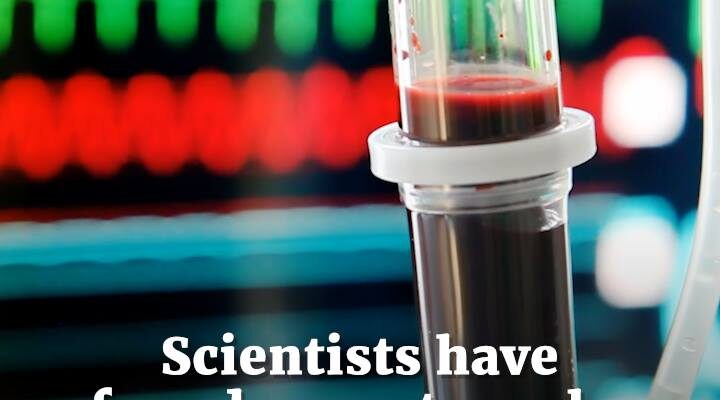The long-standing quest for a reliable, scalable source of artificial blood has just taken a significant step forward. While blood transfusions remain a cornerstone of modern medicine, reliance on human donors presents inherent challenges, including shortages, storage limitations, and the constant need for compatibility matching, especially for rare blood types. Imagine a future where perfectly matched, safe blood can be manufactured on demand, alleviating these pressures. A recent scientific discovery offers a compelling glimpse into this possibility.
Researchers from the University of Konstanz and Queen Mary University of London have published findings in the journal Science Signaling that shed critical light on the final stages of red blood cell development. Red blood cells, or erythrocytes, are unique in that they jettison their nucleus during maturation – a crucial step called enucleation that allows them to carry more hemoglobin and squeeze through narrow capillaries. This natural process occurs efficiently within our bone marrow.
However, replicating this essential enucleation step reliably and efficiently in a laboratory setting has been a major bottleneck in producing artificial red blood cells, particularly when starting from induced pluripotent stem cells (iPSCs) or other precursor cells grown *in vitro*. Current methods often achieve only around a 40 percent success rate for this crucial nuclear expulsion, making large-scale production impractical.
The new study identifies a specific molecule, a chemokine known as CXCL12, as playing a pivotal role in this vital maturation step. By carefully introducing CXCL12 at the appropriate stage of development *in vitro*, the scientists observed a marked improvement in the efficiency with which laboratory-grown red blood cell precursors successfully shed their nuclei, transforming into fully functional erythrocytes. Essentially, they found a key natural signal that was previously missing in the artificial production process.
This breakthrough directly addresses a major technical hurdle preventing the scalable manufacturing of artificial blood. Increasing the yield of mature, functional red blood cells is paramount for the process to become economically and logistically viable for clinical use. While significant work remains before artificial blood becomes a standard medical product, pinpointing the critical role of CXCL12 offers a clear pathway to optimize production methods.
The potential implications of this research are vast. Improved artificial blood production could help meet the chronic demand for transfusions, provide universal donor blood types more readily, and allow for the creation of blood for patients with very rare or complex compatibility needs. In the long term, it might even open possibilities for personalized blood therapies derived from a patient`s own cells. This finding represents a tangible advance, moving the needle from theoretical possibility towards a more practical and potentially life-saving reality.








